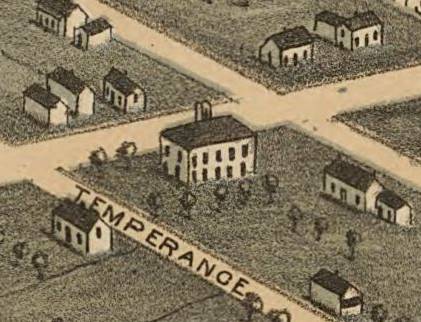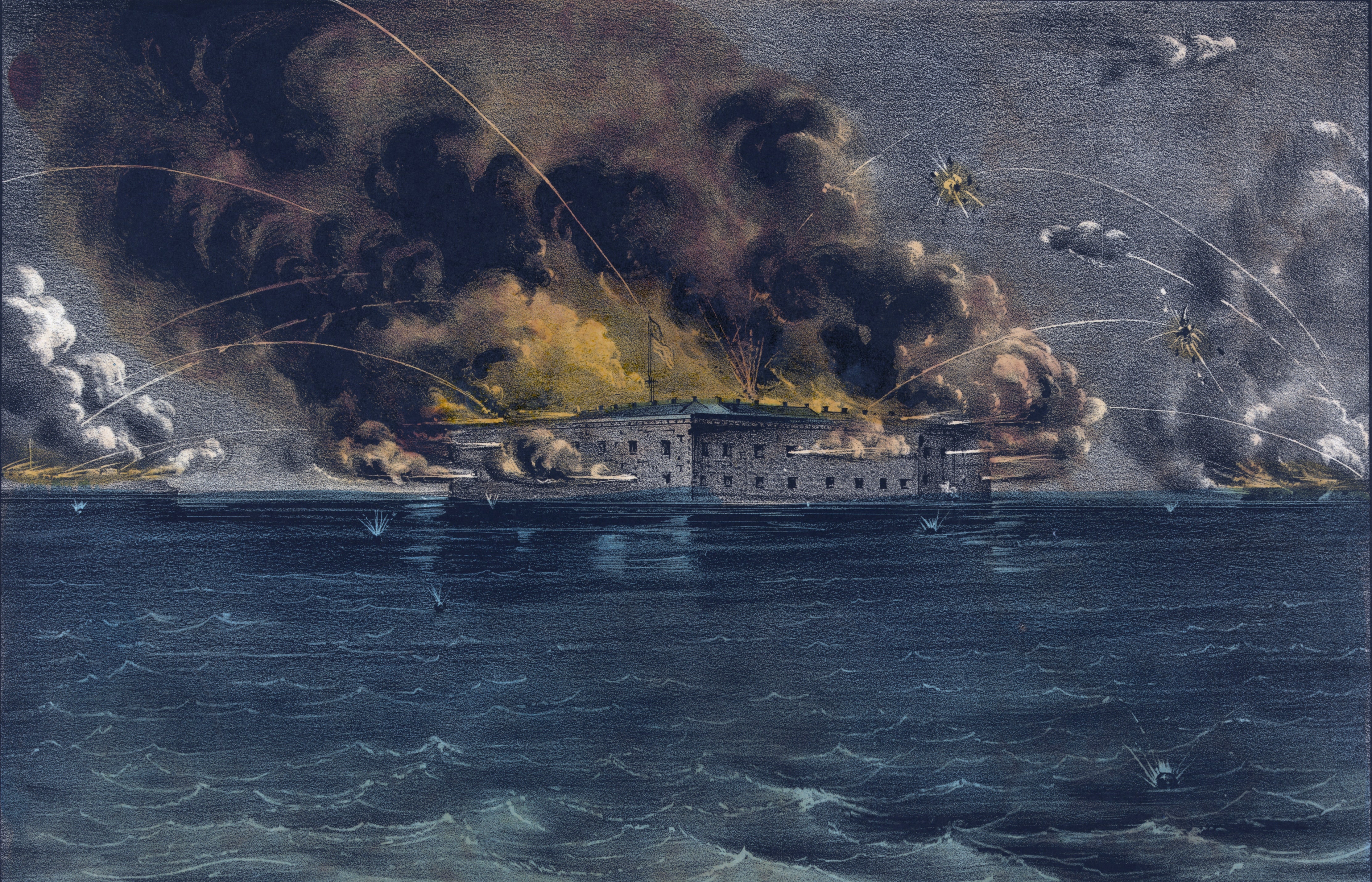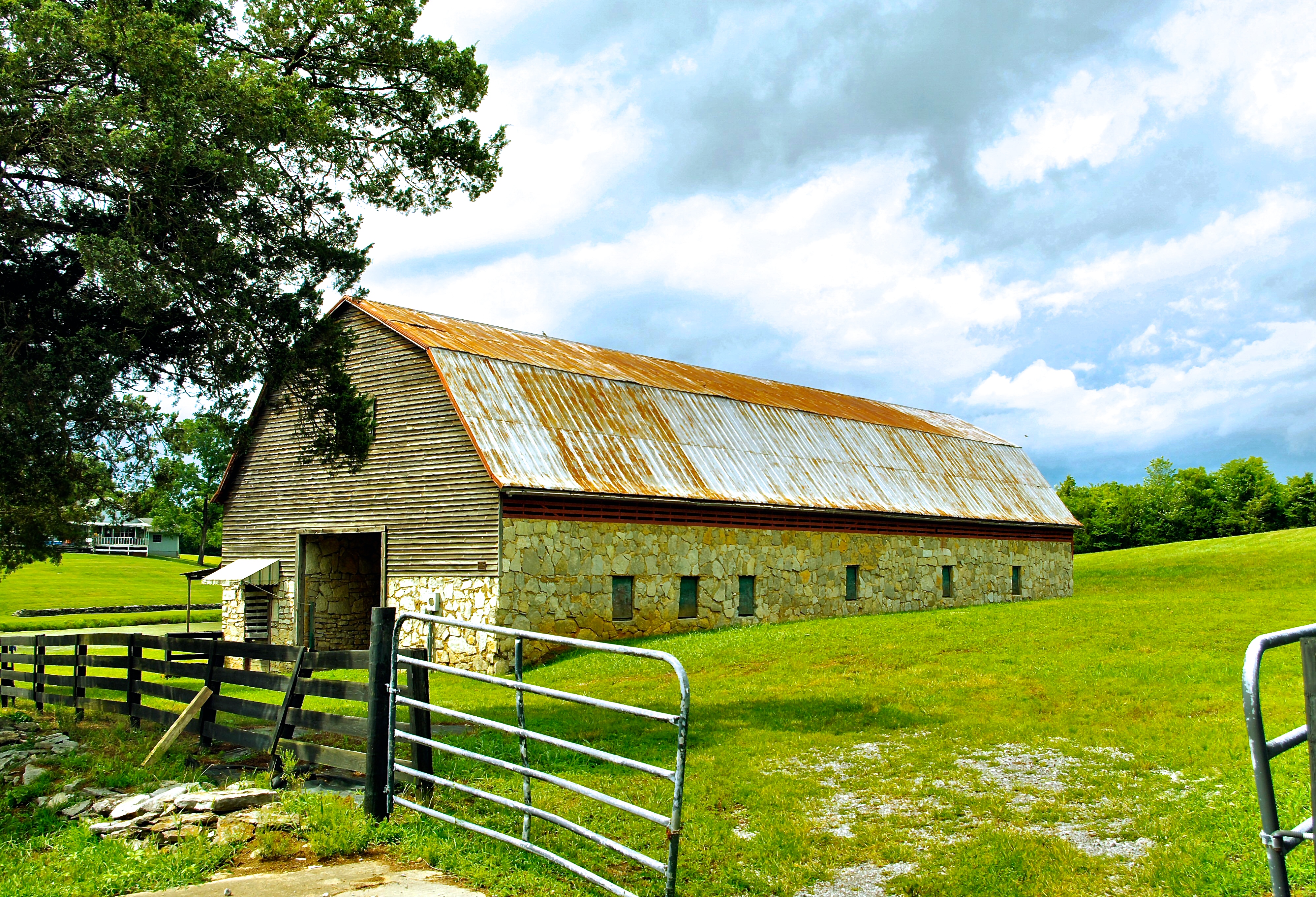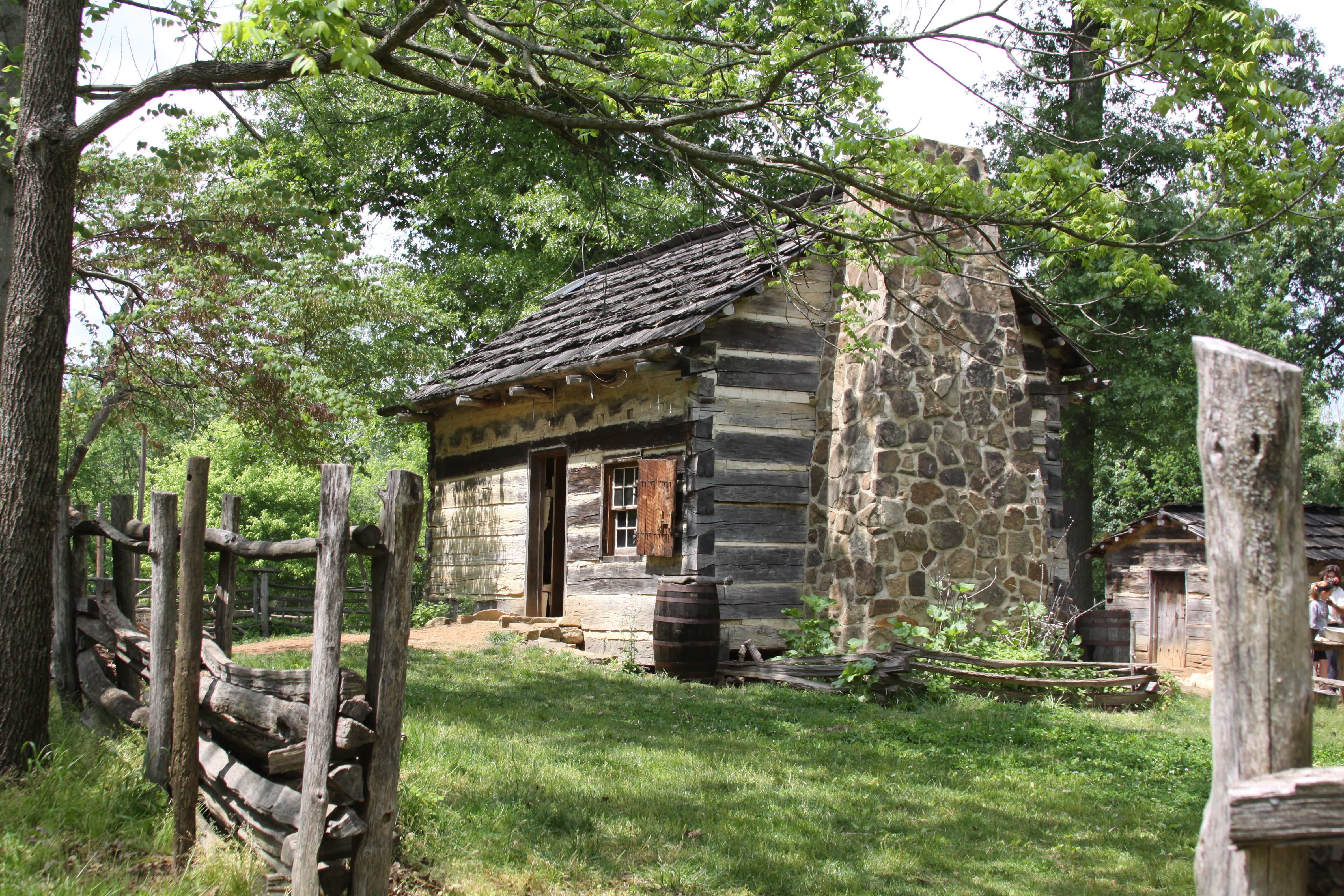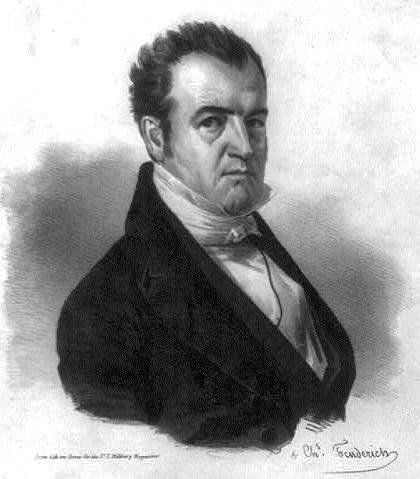|
East Tennessee Convention
The East Tennessee Convention was an assembly of Southern Unionist delegates primarily from East Tennessee that met on three occasions during the Civil War. The Convention most notably declared the secessionist actions taken by the Tennessee state government on the eve of the war unconstitutional, and requested that East Tennessee, where Union support remained strong, be allowed to form a separate state that would remain part of the United States split from the rest of Confederate Tennessee (a la West Virginia). The state legislature denied this request, and the Confederate Army occupied the region in late 1861.Eric Lacy, ''Vanquished Volunteers: East Tennessee Sectionalism from Statehood to Secession'' (Johnson City, Tenn.: East Tennessee State University Press, 1965), pp. 122-126, 217-233. The Convention first met in Knoxville on May 30–31, 1861, in response to the state government's "Declaration of Independence" from the United States and formation of a military league ... [...More Info...] [...Related Items...] OR: [Wikipedia] [Google] [Baidu] |
Whig Party (United States)
The Whig Party was a political party in the United States during the middle of the 19th century. Alongside the slightly larger Democratic Party, it was one of the two major parties in the United States between the late 1830s and the early 1850s as part of the Second Party System. Four presidents were affiliated with the Whig Party for at least part of their terms. Other prominent members of the Whig Party include Henry Clay, Daniel Webster, Rufus Choate, William Seward, John J. Crittenden, and John Quincy Adams. The Whig base of support was centered among entrepreneurs, professionals, planters, social reformers, devout Protestants, and the emerging urban middle class. It had much less backing from poor farmers and unskilled workers. The party was critical of Manifest Destiny, territorial expansion into Texas and the Southwest, and the Mexican-American War. It disliked strong presidential power as exhibited by Jackson and Polk, and preferred Congressional dominance in ... [...More Info...] [...Related Items...] OR: [Wikipedia] [Google] [Baidu] |
Battle Of Fort Sumter
The Battle of Fort Sumter (April 12–13, 1861) was the bombardment of Fort Sumter near Charleston, South Carolina by the South Carolina militia. It ended with the surrender by the United States Army, beginning the American Civil War. Following the declaration of secession by South Carolina on December 20, 1860, its authorities demanded that the U.S. Army abandon its facilities in Charleston Harbor. On December 26, Major Robert Anderson of the U.S. Army surreptitiously moved his small command from the vulnerable Fort Moultrie on Sullivan's Island to Fort Sumter, a substantial fortress built on an island controlling the entrance of Charleston Harbor. An attempt by U.S. President James Buchanan to reinforce and resupply Anderson using the unarmed merchant ship '' Star of the West'' failed when it was fired upon by shore batteries on January 9, 1861. The ship was hit three times, which caused no major damage but nonetheless kept the supplies from reaching Anderson. South C ... [...More Info...] [...Related Items...] OR: [Wikipedia] [Google] [Baidu] |
Hawkins County, Tennessee
Hawkins County is a County (United States), county located in the U.S. state of Tennessee. As of the 2020 United States census, 2020 census, the population was 56,721. Its county seat is Rogersville, Tennessee, Rogersville, Hawkins County is part of the Kingsport, Tennessee, Kingsport–Bristol, Tennessee, Bristol–Bristol, Virginia, Bristol, TN-Virginia, VA Kingsport-Bristol-Bristol, TN-VA MSA, Metropolitan Statistical Area, which is a component of the Johnson City, Tennessee, Johnson City–Kingsport–Bristol, TN-VA Combined Statistical Area, commonly known as the "Tri-Cities, Tennessee, Tri-Cities" region. History The land was given to William Armstrong as a land grant in the 1780s. With Armstrong built Stony Point (Surgoinsville, Tennessee), Stony Point. Armstrong's landholding was established as a county in 1787. It was named for Benjamin Hawkins, a United States Senator, U.S. Senator from North Carolina, the state which it was a part of at that time. In ... [...More Info...] [...Related Items...] OR: [Wikipedia] [Google] [Baidu] |
Meigs County, Tennessee
Meigs County is a county located in the U.S. state of Tennessee. As of the 2020 census, the population was 12,758. Its county seat is Decatur. History Before 1819, the area that is now Meigs County was part of the Cherokee nation. It had been occupied for thousands of years by succeeding cultures of indigenous peoples. European trades had interacted with the Cherokee since the late 17th century, coming from colonial settlements in Virginia and South Carolina. Especially following the American Revolutionary War, land-hungry European-American settlers began to enter this territory in greater number. They established ferries across the Tennessee River from Rhea County as early as 1807. Colonel Return J. Meigs, a Revolutionary veteran and namesake for the county, was appointed as the United States Indian agent, based in Rhea County until 1817. He supervised trade with the Cherokee. That year, the agency was moved to an area in what is now Meigs County. In 1819, the US made ... [...More Info...] [...Related Items...] OR: [Wikipedia] [Google] [Baidu] |
Sullivan County, Tennessee
Sullivan County is a county located in the U.S. state of Tennessee on its northeast border. As of the 2020 census, the population was 158,163. Its county seat is Blountville. Sullivan County is part of the Kingsport– Johnson City–Bristol, TN- VA Metropolitan Statistical Area, which is a component of the Kingsport– Johnson City–Bristol, TN-VA Combined Statistical Area, commonly known as the "Tri-Cities" region. Sullivan is Tennessee's second-oldest county; it was established in 1779 when the area was still part of North Carolina. From 1784 to 1788, it was part of the extra-legal State of Franklin. History Sullivan County was created in 1779 from a portion of Washington County, and named for John Sullivan, a Patriot general in the Revolutionary War. Long Island of the Holston in Kingsport was long an important center for the Cherokee, who occupied much of this territory. Later in 1761 the British colonists built Fort Robinson on Long Island, followi ... [...More Info...] [...Related Items...] OR: [Wikipedia] [Google] [Baidu] |
Abraham Lincoln
Abraham Lincoln ( ; February 12, 1809 – April 15, 1865) was an American lawyer, politician, and statesman who served as the 16th president of the United States from 1861 until his assassination in 1865. Lincoln led the nation through the American Civil War and succeeded in preserving the Union, abolishing slavery, bolstering the federal government, and modernizing the U.S. economy. Lincoln was born into poverty in a log cabin in Kentucky and was raised on the frontier, primarily in Indiana. He was self-educated and became a lawyer, Whig Party leader, Illinois state legislator, and U.S. Congressman from Illinois. In 1849, he returned to his successful law practice in central Illinois. In 1854, he was angered by the Kansas–Nebraska Act, which opened the territories to slavery, and he re-entered politics. He soon became a leader of the new Republican Party. He reached a national audience in the 1858 Senate campaign debates against Stephen A. Douglas. L ... [...More Info...] [...Related Items...] OR: [Wikipedia] [Google] [Baidu] |
John Bell (Tennessee Politician)
John Bell (February 18, 1796September 10, 1869) was an American politician, attorney, and planter who was a candidate for President of the United States in the election of 1860. One of Tennessee's most prominent antebellum politicians,Jonathan Atkins,John Bell" ''Tennessee Encyclopedia of History and Culture'', 2009. Retrieved: October 10, 2012. Bell served in the House of Representatives from 1827 to 1841, and in the Senate from 1847 to 1859. He was Speaker of the House for the 23rd Congress (1834–1835), and briefly served as Secretary of War during the administration of William Henry Harrison (1841). In 1860, he ran for president as the candidate of the Constitutional Union Party, a third party which took a neutral stance on the issue of slavery. and won the electoral votes of three states. Initially an ally of Andrew Jackson, Bell turned against Jackson in the mid-1830s and aligned himself with the National Republican Party and then the Whig Party, a shift that ea ... [...More Info...] [...Related Items...] OR: [Wikipedia] [Google] [Baidu] |
Constitutional Union Party (United States)
The Constitutional Union Party was a United States third party active during the 1860 elections. It consisted of conservative former Whigs, largely from the Southern United States, who wanted to avoid secession over the slavery issue and refused to join either the Republican Party or the Democratic Party. The Constitutional Union Party campaigned on a simple platform "to recognize no political principle other than the Constitution of the country, the Union of the states, and the Enforcement of the Laws". The Whig Party had collapsed in the 1850s due to a series of sectional crises over slavery. Though some former Whigs joined the Democratic Party or the new, anti-slavery Republican Party, others joined the nativist American Party. The American Party entered a period of rapid decline following the 1856 elections, and in the lead-up to the 1860 elections John J. Crittenden and other former Whigs founded the Constitutional Union Party. The 1860 Constitutional Union Conventio ... [...More Info...] [...Related Items...] OR: [Wikipedia] [Google] [Baidu] |
Tennessee General Assembly
The Tennessee General Assembly (TNGA) is the state legislature of the U.S. state of Tennessee. It is a part-time bicameral legislature consisting of a Senate and a House of Representatives. The Speaker of the Senate carries the additional title and office of Lieutenant Governor of Tennessee. In addition to passing a budget for state government plus other legislation, the General Assembly appoints three state officers specified by the state constitution. It is also the initiating body in any process to amend the state's constitution. Organization Constitutional structure According to the Tennessee State Constitution of 1870, the General Assembly is a bicameral legislature and consists of a Senate of thirty-three members and a House of Representatives of ninety-nine members. The representatives are elected to two-year terms; according to a 1966 constitutional amendment the senators are elected to four-year terms which are staggered, with the districts with even numbers being el ... [...More Info...] [...Related Items...] OR: [Wikipedia] [Google] [Baidu] |
Isham G
Isham is a village and civil parish in Northamptonshire, England. It is on the A509 road, three miles south of Kettering and a mile to the west of Burton Latimer. The River Ise is to the east of the village. Administratively, it forms part of North Northamptonshire. It was previously in the Borough of Wellingborough until 2021. At the time of the 2011 census, the parish's population was 772 people. The villages name means ' River Ise homestead/village'. A bypass west of the village is planned by the county council. HMS ''Isham'', a Ham class minesweeper was named after the village in 1954. Amenities Isham has a shop, several churches, thIsham Church of England primary schooland a pub ( ''Lilacs Inn''). Isham Cricket Club, which plays in Division 1 of the Northamptonshire County League, is based on the outskirts of the village between Isham and Orlingbury. Past players have included Stephen Fleming (New Zealand national cricket team The New Zealand national cric ... [...More Info...] [...Related Items...] OR: [Wikipedia] [Google] [Baidu] |
